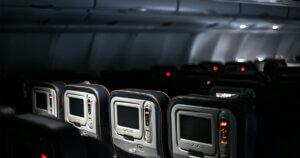
Code Blue
Code Blue in Flight Blog What is a Code Blue in aviation? Code Blue is the term used to refer to time-dependent health incidents, that is, those in which every
The professional goal of almost every aspiring pilot is to become an airline captain at the controls of a high-tonnage aircraft. The figure of an aircraft commander represents the highest authority on board and is responsible for all decisions taken in order to perform a safe flight operation. It is, therefore, a post whose rights and obligations are scrupulously regulated. It is also because of this responsibility that their salary is higher than those of lower rank pilots.
The cockpit crew of a commercial aircraft consists of at least two pilots: captain and second pilot or first officer.
Both must have passed the same skills tests and licenses to fly the type of aircraft. Therefore, talking about technical aspects, there is no difference between commanders and second pilots.
However, commander will always be someone more experienced (more flight hours) and seniority. Besides, he/she must have passed a specific command course in which leadership techniques, communication and teamwork as well as aviation law, among other skills, will be taught.
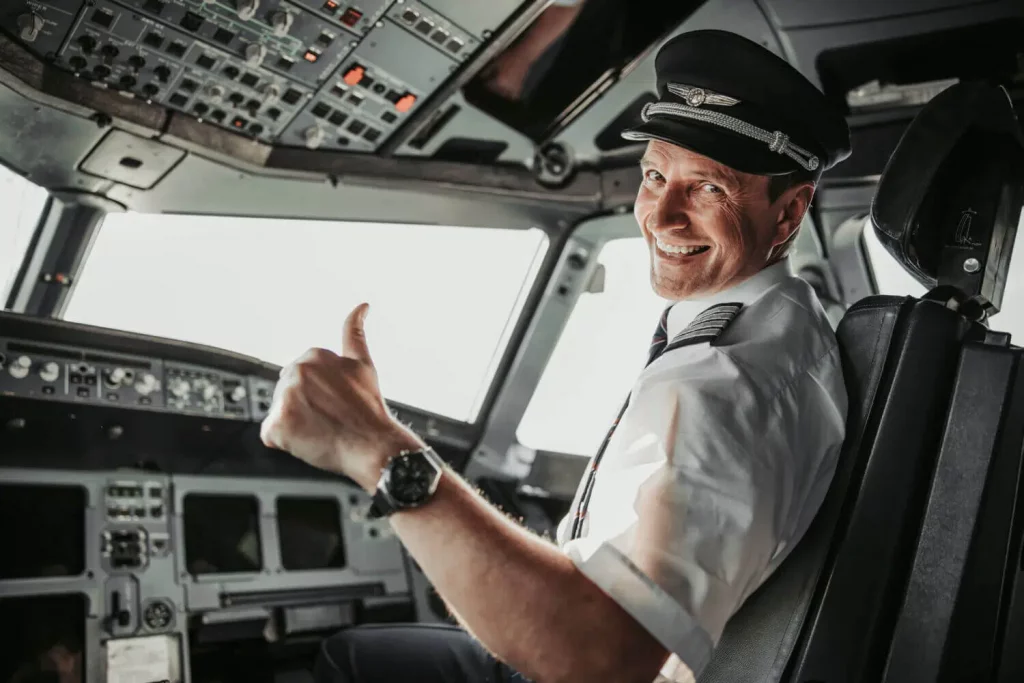
On the other hand, as we have already said, the captain is the highest authority on board while second pilot is a support figure in all tasks regarding the flight operation, responsible for monitoring all phases as well as verifying procedures, actions and omissions that the pilot navigating the plane might perpetrate.
Likewise, both roles may alternate and the commander may do first officer functions while this takes the plane controls and viceversa. However, only in case the captain gets incapacitated will the first officer acquire legal powers as a commander, becoming the highest authority on board.
There are two types of license with which to be an aircraft commander:
Airline Transport Pilot (ATPL) licence which allows to act as Pilot-in-Command (PIC) or co-pilot of any aircraft engaged in operations other than commercial air transport and to act as pilot-in-command in commercial air transport operations on any single-pilot certified aircraft as well as co-pilot in commercial air line transport.
For this ATPL, EASA requires a total of 1500 flight hours completed under the following minimum criteria:
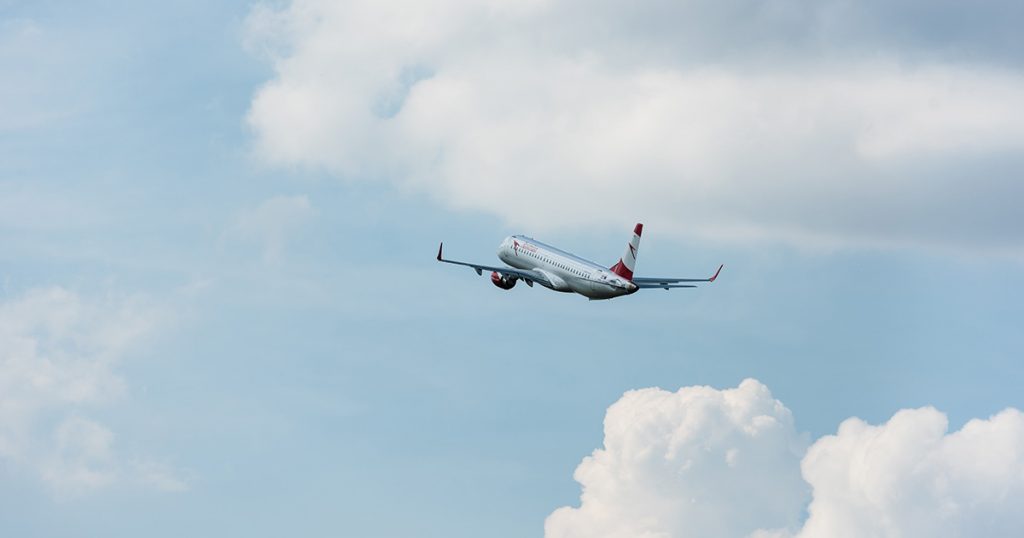
Once all the requirements to become a pilot have been completed and the desired position in an airline has been achieved, internal promotion will depend on several factors and will vary according to each company. Usually, the process can take 5 to 15 years unless the airline is in expansion, in which case this time would shorten.
Most traditional airlines require a minimum of 3,000 flight hours for their pilots to be promoted so, if you fly the maximum annual allowed (900 hours) and the needs of the company require it, in less than three years this category may be reached.
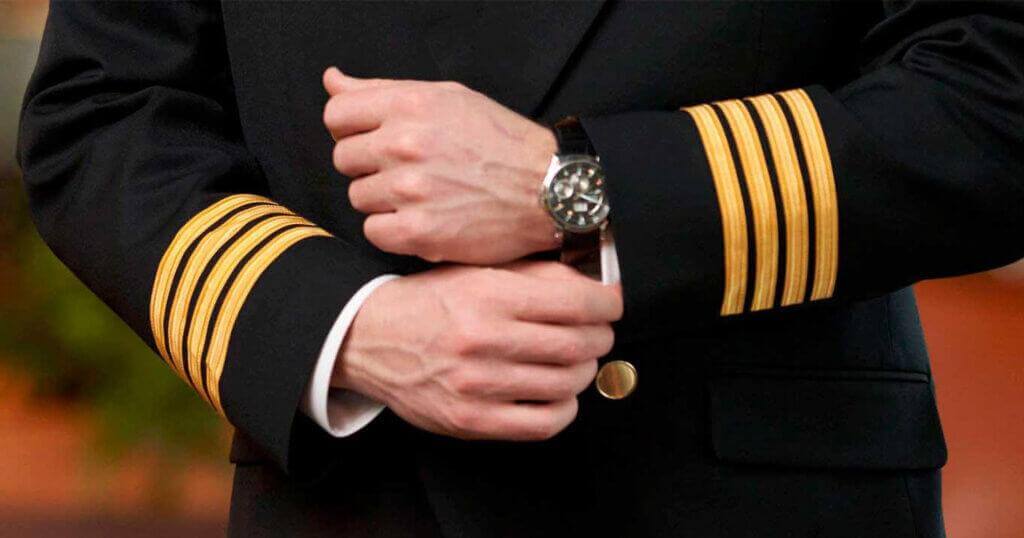
However, it is not only a matter of time but also of skills and qualifications as a pilot. Once the required hours have been completed, the airline will review his/her training and performance history and will subsequently perform a psychiatric evaluation before starting a command course.
The Commander, in addition to piloting the plane and supervising everything related to the flight operation (flight plan, loading sheet, plane checks, etc.) as maximum responsible on board, acts as depositary of the authority of the flag State in order to protect passengers travelling on board with due assistance and protection in the absence and inability to intervene of competent officials. Thus, it is endowed with command and the freedom to take the necessary measures, including temporary deprivation of liberty during the flight, to persons who commit or intend to commit acts that threaten the operation safety. This faculty includes crew, passengers and their luggage, cargo and mail.
In addition to the legal powers already mentioned, the commander is even enabled to authorize acts such as marriages in danger of death (or marriage in articulo mortis) by art. 52.3 of the Civil Code.
On the other hand, there is a criminal responsibility upon the Commander and the crimes against the authority provided in Title II of Law 209/1964, of 24 December, which establishes the Criminal and Procedural Law in Matters of Air Navigation (LPNA) and according to which the commander may incur criminal responsibility if he or she commits any of the offences referred to therein.
Likewise, a fine is imposed on any passenger who, while remaining on the aircraft, does not obey a security order (art. 50). Attacks committed by passengers against the commander authority (art. 48) are punishable under arts. 550-556 of the Criminal Code, which criminalizes attacks on authority, its agents and public officials, and resistance and disobedience.
Our pilot school works for the professional excellence of each student.
We are accompanied by instructors with more than 20 years of experience and state-of-the-art aircraft.
We offer:
Helicopter Pilot Courses
Aeroplane Pilot Courses
Drone Pilot Courses
Flying Experiences

Code Blue in Flight Blog What is a Code Blue in aviation? Code Blue is the term used to refer to time-dependent health incidents, that is, those in which every
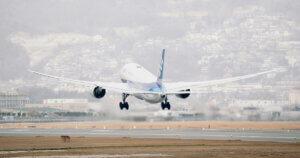
Discover how this ground effect is generated in aircraft and how to control it on a flight if you are a pilot Learn how to avoid the well known balloon
You will be up to date with the news at World Aviation Group.